10 Excavation Training Courses
We’ve put together a list of excavation training courses that your workers can take to ensure safe operations when working around excavations and trenches. These specialized courses cover topics like protective systems, soil classifications, aluminum hydraulic and timber shoring, hazardous conditions, and (Occupational Safety and Health Administration) OSHA standards on excavation.
Last published: 6th January 2025
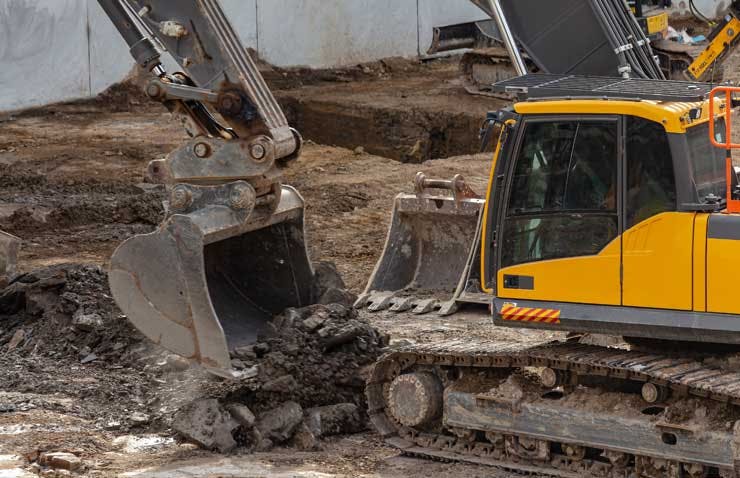
1. Excavation and Trenching
Through this excavation training course, your workers can learn how to identify the differences between excavations and trenches, and safely navigate around them. It highlights the different risks associated with working in excavation sites and confined spaces, like cave-ins, slips, and falls, which can lead to fatalities. As your workers progress through this microlearning course, they’ll also learn about the different soil types and how they can affect the overall safety of excavation and trenching processes. The training program also dives into the importance of different protective systems and proper preplanning protocols, which includes sourcing OSHA-compliant materials and managing safety and health risks.
You can easily import, edit, and tailor-fit this microlearning course to your heart’s content. For a more personal touch, you can use the platform's built-in branding features to make your course more visually appealing and engaging.
- Price: Free (up to 10 users)
- Length: 5 to 10 minutes per lesson
- Certificate: Available
Created By SC Training (formerly EdApp)
Explore this free course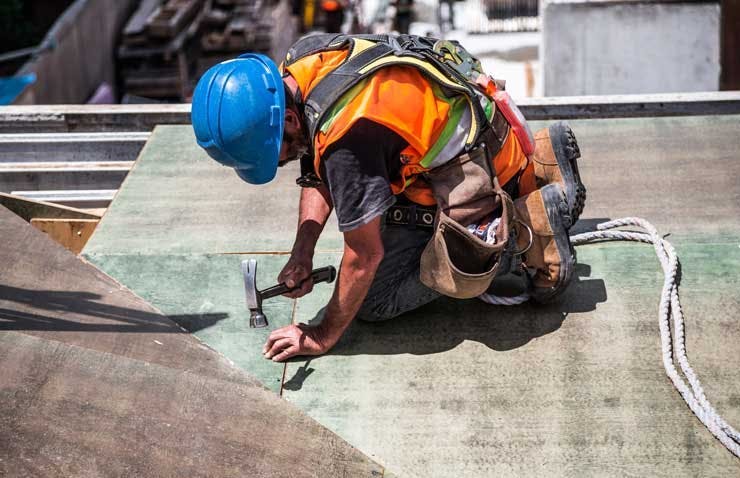
2. Harnessing
For construction workers who operate near deep excavations and trenches, learning the right harnessing techniques is essential for scaffold safety. SC Training (formerly EdApp)’s free Harnessing course discusses the different parts of various fall arrest systems used by those working at an elevated level, some of which include restraint systems, suspension systems, controlled descent systems, and fixed or portable ladders. As your workers go through the training process, they’ll also learn how to inspect harnesses for defects and how to maintain their equipment with proper cleaning and storage. Designed for high impact learning, this excavation training course is divided into 5 bite-sized lessons that anyone can complete on the go. And with SC Training (formerly EdApp)’s user-friendly authoring tool, you can import this course directly from the course library and edit its content according to your team’s training needs.
- Price: Free (up to 10 users)
- Length: 5 to 10 minutes per lesson
- Certificate: Available
Created by SC Training (formerly EdApp)
Explore the course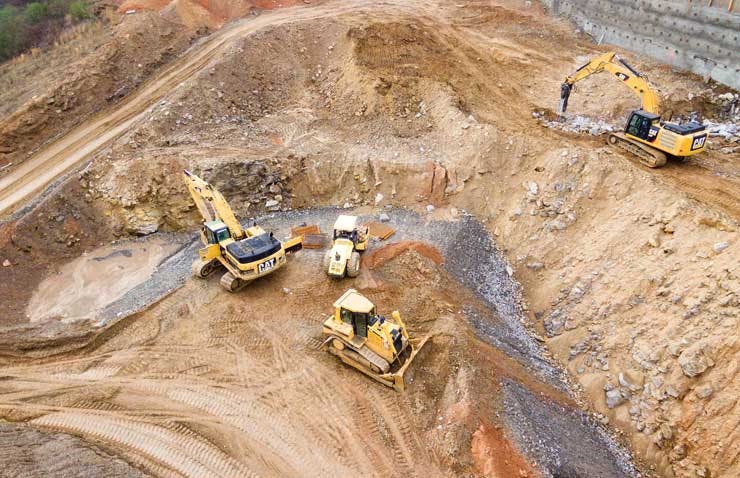
3. Excavations Safety Training
With OSHA Education Center’s Excavations Safety Training course, you can provide your workers with relevant trenching and excavation training. This OSHA training course tackles topics such as basic OSHA regulations and requirements for excavation, soil types, soil testing, protective systems, and safe work practices, all needed to comply with regulatory guidelines and prevent worksite injuries. It also discusses the different types of trench collapse, sloping and benching excavation processes, aluminum hydraulic and timber shoring, as well as alternatives to shoring. A big advantage of this excavation training course is that your workers can email an OSHA Education Center trainer anytime for questions or other issues. It's also a great refresher course to take alongside mining training courses. But keep in mind that once learners begin their employee development and safety training program, they’ll have a limit of 180 days to complete the entire course.
- Price: $24.95 USD
- Length: 1 hour
- Certificate: Available
Created by OSHA Education Center
Explore the course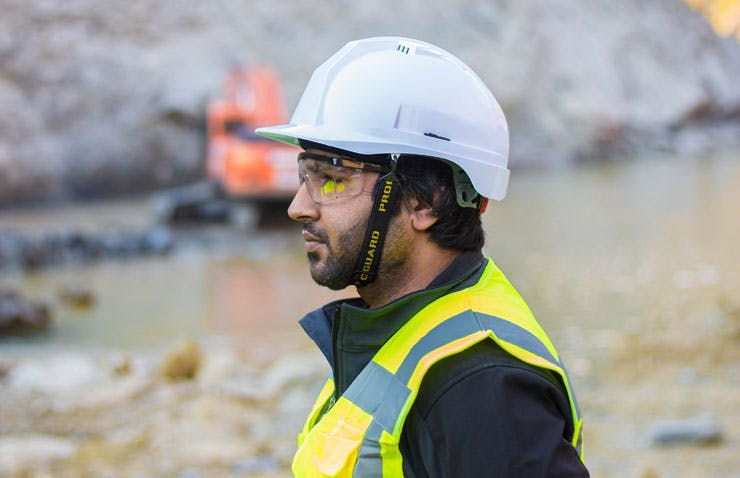
4. Excavation Safety in Construction
Created by 360training, the Excavation Safety in Construction course features comprehensive lessons about OSHA excavation standards and safety measures used by workers in the construction industry. Some of the topics covered in this 1-hour online course include the dangers of excavation, hazardous conditions, access and egress systems, falls and equipment, employee protection, and the different classifications of soil and rock deposits. It also talks about the definition of a competent person in excavation terms. While this construction safety training program isn’t free, it’s been designed specifically for easy self-paced learning. Your workers can also look forward to other perks like being able to save progress as they go and round-the-clock access to 360training’s customer support team. However, it’s important to stress that the course expires one year from the date of purchase.
- Price: $20 USD
- Length: 1 hour
- Certificate: Available
Created by 360training
Explore the course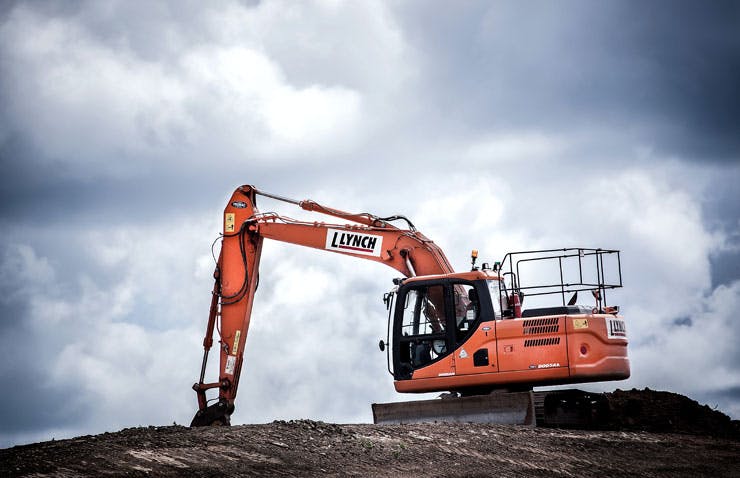
5. Excavation and Trenching Safety
Divided into 10 lessons, the Excavation and Trenching Safety by eSafety course delves into how excavation and trenching processes work, different hazard control methods, and necessary regulatory requirements, which fall under the OSHA 29 CFR 1926.650, 1926.651, and 1926.652 standards. This comprehensive safety training program covers specialized topics including differences between excavation and trenching, safety hazards, excavation planning methods, and access and egress systems. It also emphasizes the training objectives of the course, which aim to help workers understand and recognize the complex hazards of an excavation worksite. Keep in mind that you’ll need to get a quote directly from eSafety before you can purchase this course.
- Price: Get a quote
- Length: 20 minutes
- Certificate: Available
Created by eSafety
Explore the courseExplore our library including excavation training courses.
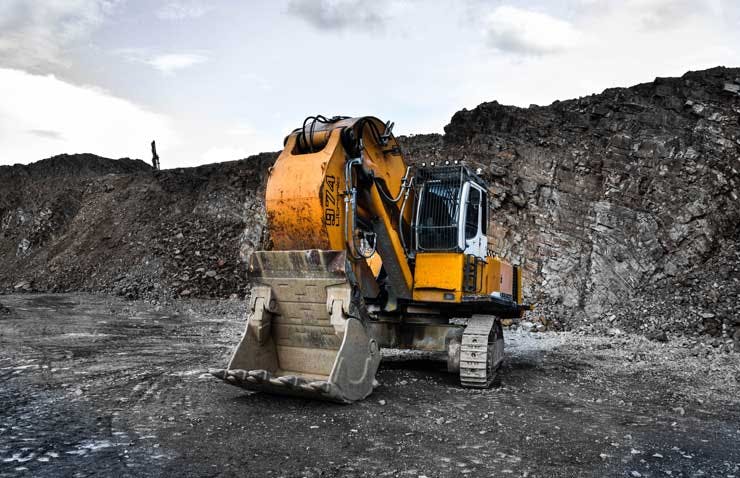
6. Safe Excavation
Worksite Safety Compliance Centre developed this Safe Excavation course to help guide workers through the basics of excavation, stages of the excavation and trenching processes, and safe operation procedures. It gives workers an introduction to soil testing, mechanics, and classification and walks them through temporary crossings and the different types of temporary protective supports such as shoring, stringers, and bracings. The excavation training course also goes over access and egress protocols and safe excavation maintenance systems, all of which are vital for entering and leaving excavations safely. Overall, the course consists of 5 lessons with a final test at the end. Once your workers pass their assessments, they’ll be able to get a certificate of completion, which is valid for three years.
- Price: Starts at $49.95 USD
- Length: 4 hours
- Certificate: Available
Created by Worksite Safety Compliance Centre
Explore the course
7. Trenching and Excavation for Construction
ClickSafety’s Trenching and Excavation for Construction course is a specialized training program designed for construction workers, foremen, superintendents, and project managers who work in construction and excavation sites. Some of the topics covered in this course include the soil classification system, standardized construction practices for identifying and correcting hazards, and techniques for working with equipment during an excavation. It also provides an overview of support systems and shield systems and discusses the requirements for these protective structures, including the materials, installation, and removal. By the end of their workplace safety training, your workers will be able to identify the types of protective systems used in excavation and understand how to maintain a safe excavation site.
Overall, this course takes only 25 minutes to complete and once your workers have passed their final assessments, they’ll be able to access their completion certificate.
- Price: $35 USD
- Length: 25 minutes
- Certificate: Available
Created by ClickSafety
Explore the course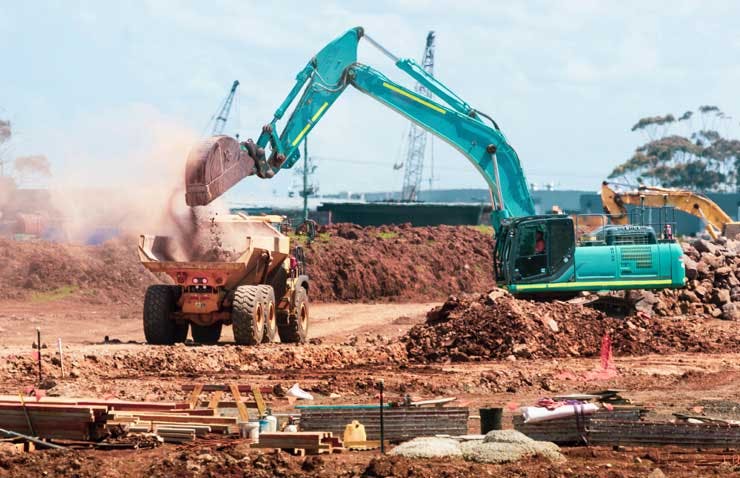
8. OSHA Excavation Safety Training for Competent Persons
Designed specifically for employees who work around excavations and trenches, Hazmat School’s OSHA Excavation Safety Training for Competent Persons course gives them an overview of competent person responsibilities and excavation and trenching regulations as stated in the OSHA 29 CFR 1926.650-652 standards. It also covers topics like excavation techniques, soil classifications, excavation hazards, soil testing procedures, and different types of support systems, including shoring and shielding. This PowerPoint training course also highlights the importance of an inspection program and proper entry and exit systems, both of which are designed to help you prevent serious workplace injuries or fatalities. Overall, there are no prerequisites needed for this self-paced online course but workers do have a limit of 30 days to complete their training.
- Price: $29 USD
- Length: 2 hours
- Certificate: Available
Created by Hazmat School
Explore the course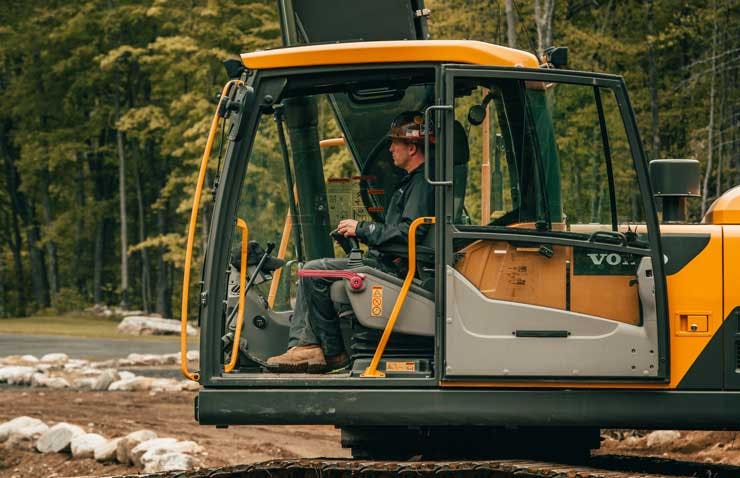
9. Trenching & Excavation for the Competent Person
Trenching & Excavation for the Competent Person is an online course by eTraining that focuses on standardized excavation safety guidelines and worker responsibilities. The fully narrated course is packed with interactive photos and safety training videos that tackle topics like excavation definitions and applications, protective systems, soil classifications, sloping, benching, and aluminum hydraulic and timber shoring. It also dives into OSHA’s excavation safety regulations as outlined in the standard 29 CFR 1926.650. By the end of this online training program, workers will be able to identify and control potential excavation hazards as well as apply proper excavation safety systems. Upon purchase, learners will be asked to create an account on eTraining’s website and once they log in, they’ll have quick access to all of their training materials.
- Price: $89 USD
- Length: 4 to 5 hours
- Certificate: Available
Created by eTraining
Explore the course
10. Fall Prevention (US)
The Fall Prevention course by SC Training (formerly EdApp) is designed to boost your construction workers’ knowledge on basic fall prevention measures to help them avoid accidents onsite. This free elearning resource highlights the importance of implementing OSHA's fall prevention guidelines and covers fall protection systems like ladder protection, roofing, and scaffolding safety.
Accessible through a desktop or mobile device, this fall prevention training course allows learners to complete lessons at their own pace.
- Price: Free (up to 10 users)
- Length: 5 to 10 minutes per lesson
- Certificate: Available
Created by SC Training (formerly EdApp)
Explore the courseUnderstand excavation and trenching protocols with excavation training courses
Construction workers, foremen, and project managers that work in and around excavations face numerous risks like unstable soil, underground hazards, and cave-ins, all of which can lead to serious injuries or death. Some workers are also exposed to several electrical safety risks, particularly when excavating trenches and holes for power lines and vaults. As an employer, it’s your responsibility to strengthen worker safety with necessary workplace safety training requirements and comply with your state’s safety guidelines. Through proper excavation training, you can ensure that your workers will be able to execute safe excavation rigging, trenching techniques and control potential hazards. They’ll also have a better understanding of specialized excavation topics like access and egress procedures, soil testing, soil classification, and different protective systems including shoring and shielding.This way, you'll also recognize when to implement necessary lock-out in a site.